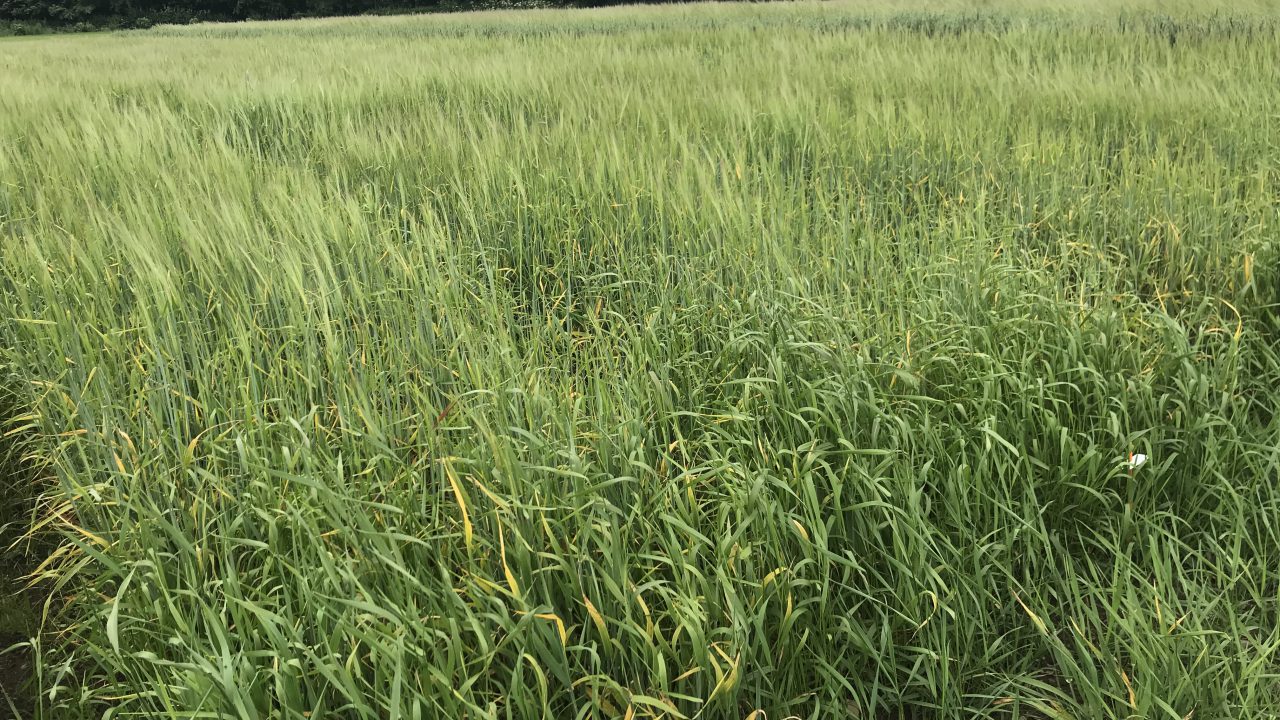Teagasc is confirming the wide selection of varieties referenced in the recently published spring barley recommended list for 2025.
This expansion highlights significant advancements in agronomic performance, disease resistance, and quality attributes.
It is important to note that not all varieties will be immediately available to growers due to limited seed availability, so it is important to consult with your supplier to check what is available in your area.
The certified seed area is expected to be sufficient to meet market demand, unlike in 2024 when a poor 2023 harvest led to heavy reliance on imported seed.
Among the certified seed varieties, Geraldine has the largest share at 21%, followed by Mermaid and Florence at 14% each, and Amity at 10%.
When deciding which spring barley varieties to plant a number of issues should be addressed.
Straw quality
Straw quality is an important factor to consider, especially for high yielding crops. Florence tops the list in terms of resistance to lodging and straw breakdown.
However, Gangway, Geraldine, Gretchen, Amity and Hurler all have excellent straw quality. Planet, Mermaid and Skyway have the lowest ratings.
Growers need to be careful with total nitrogen application with these varieties and avoid fields following grassland and fields that have received recent applications of organic manure.
Disease resistance
Overall, the current spring barley varieties offer excellent disease resistance, allowing for reduced rate fungicide programmes to effectively control net blotch, rhynchosporium, and brown rust.
However, applying fungicides at the correct timing is crucial for effective disease management. The exception is Planet, which is now primarily a niche variety for malting and requires higher fungicide rates compared to other varieties to control net blotch and rhynchosporium.
Mildew is a good example of advances in breeding technology, where all of the current varieties have mlo (mildew locus O gene) based resistance for powdery mildew.
All varieties rated eight do not need fungicide for mildew.
Ordering seed
Seed size is big this year, so ensure that this is factored in when ordering seed. The target establishment for spring barley is 300 seeds/m², so this will equate to sowing 350 seeds/m² in good conditions.
It is important to have a spread of varieties across the farm to reduce risk, so growers should order in time to get their preferred options.
